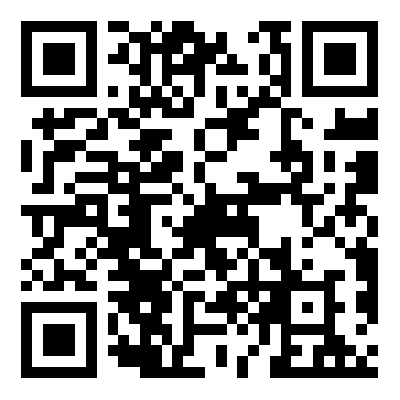Xinjiang Uygur autonomous region's foreign trade value totaled 108.16 billion yuan (about $15 billion) in the first quarter of 2025, up 15.4 percent year-on-year, according to Urumqi Customs.
Specifically, the region's exports reached 95.17 billion yuan while its imports stood at 12.99 billion yuan.
The growth, mainly driven by strong exports demands and diversification of its trade partnerships, signals a promising start of the year amid a complex global trade environment.
In March, the region's trade with five Central Asian nations and ASEAN grew by 8.3 percent and 348.6 percent, respectively, stabilizing after previous declines.
In the first quarter, trade with these two major traditional markets accounted for 52.7 percent and 13.2 percent of the region's total. Meanwhile, emerging markets such as Africa, West Asia, Latin America, and Central and Eastern Europe exhibited strong growth, collectively accounting for 11.1 percent of the total trade. This marks a shift in Xinjiang's trade dynamics as the emerging markets display increasing potential.
Key regional hubs took the lead in the trade expansion. In March, areas including Kashgar city, Ili Kazak autonomous prefecture, Urumqi city and Bortala Mongolian autonomous prefecture collectively accounted for 85.7 percent of Xinjiang's total trade.
Private enterprises remained the backbone of the region's trade, contributing 94.7 percent to the total trade volume with a 17.5 percent year-on-year increase. Foreign-invested enterprises also made progress, with a trade value of 530 million yuan, growing by 6.8 percent.
Xinjiang's exports of machinery and electronics, including lighting equipment, auto parts and home appliances, surged by 38.5 percent, highlighting an upgraded export structure.
The free trade zones and comprehensive bonded zones were also fundamental in stabilizing the region's foreign trade, as the data shows.


